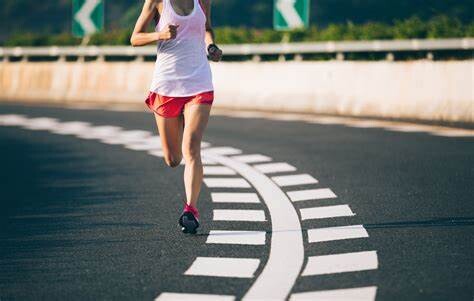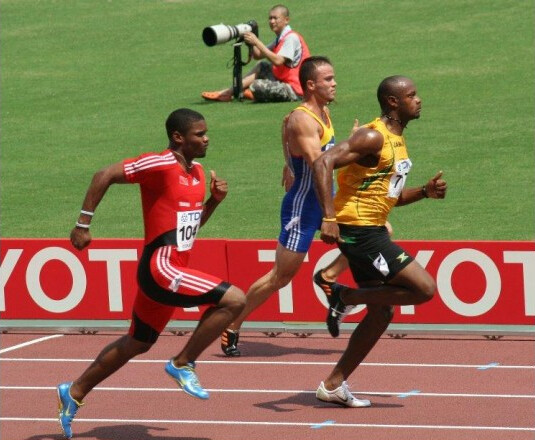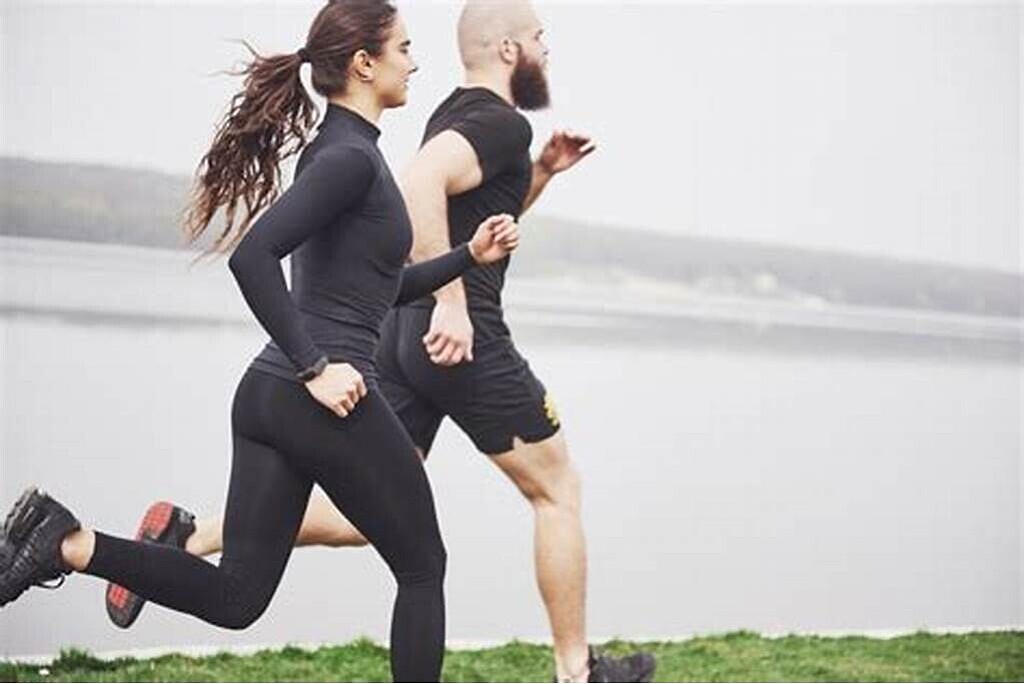Running News Daily
Running News Daily is edited by Bob Anderson. Send your news items to bob@mybestruns.com Advertising opportunities available. Train the Kenyan Way at KATA Kenya and Portugal owned and operated by Bob Anderson. Be sure to catch our movie A Long Run the movie KATA Running Camps and KATA Potato Farms - 31 now open in Kenya! https://kata.ke/
Index to Daily Posts · Sign Up For Updates · Run The World Feed
The best ways to run faster by mastering this secret technique
Take flight with these tips to reduce the time your feet spend on the ground.
You’ve probably heard plenty about pace, nutrition and race-day tactics, but have you ever considered the impact of your ground contact time? Matt Fitzgerald, a renowned running coach and author, believes this often-overlooked detail could be the game changer in your training. Ground contact time (GCT) is all about running efficiency, and Fitzgerald has four practical strategies to help you master it.
GCT refers to the amount of time your foot spends on the ground during each stride, and research shows that lessening it can lead to faster and more efficient running.

The secret to boosting speed
Fitzgerald highlights a critical point: the less time your foot is in contact with the ground, the faster you move. Elite runners often have the shortest GCT, because they’re able to apply force to the ground quickly and efficiently, keeping them airborne longer. A Finnish study on running mechanics and economy found that shorter GCT was strongly correlated with improved running efficiency and speed. In simpler terms, when your foot is on the ground, you’re not moving forward—so spending less time there is a key to getting faster.

Boost your power with speed training
Fitzgerald suggests incorporating fast running into your routine to help reduce your GCT. Adding a few sprints at max speed, or longer intervals at 5K pace, can train your legs to produce quicker, more powerful strides. This helps improve your ability to apply force rapidly, which in turn reduces your GCT.
Strengthen with plyometrics
Plyometric exercises like jumping drills and heavy weightlifting can increase leg stiffness–another important factor in minimizing GCT. Studies have shown that stronger, “stiffer” legs can absorb and return energy more efficiently, contributing to a quicker stride and improved running economy.
Switch to midfoot-striking
Research has also linked midfoot-striking with shorter GCT. Transitioning from heel-striking to midfoot-striking can naturally decrease the amount of time your foot is on the ground. In one study, midfoot strikers had a ground contact time of 183 milliseconds, compared to 199 milliseconds for heel strikers. Fitzgerald suggests paying attention to what part of your foot is taking the greatest impact when you run, and work on your stride to shift that area slightly forward. Mimicking running downhill by tilting very gently forward from the ankles will help your foot land underneath your hips.
by Keeley Milne
Login to leave a comment




